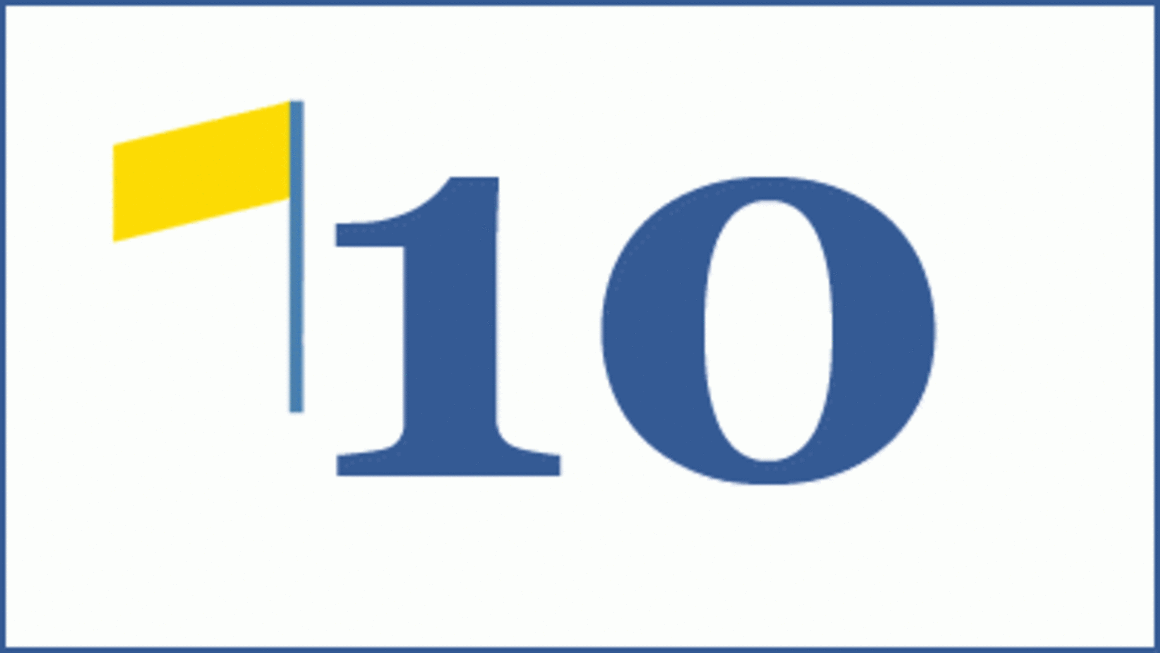The 10 must-know facts about the advantages and disadvantages of reverse mortgages loans

A reverse mortgage is tailored for older Australians (generally 60 years old and over) who want to tap into some of the equity they have built up in their homes to fund their retirement.
They are a relatively new phenomenon in Australia and a small part of the market with around 42,000 of these loans now outstanding as of December 2011. The average loan amount is $78,000.
There are both advantages and disadvantages to taking out a reverse mortgage that you need to be aware of, as well as alternatives to consider such as accommodation bond loans and home reversion schemes.

A reverse mortgage allows you to borrow money using the equity you have built up in your home. An advantage is that it payments can be a lump sum, a regular income stream, a line of credit or a combination of these options.

A disadvantage is that you will generally pay a high interest rate for a reverse mortgage loan than a "normal" loan. With interest charged at a higher rate a small reverse mortgage can balloon into a huge debt. A $50,000 loan borrowed at a rate of 10% at age 60 will have increased to $232,000 by age 75 and $1,041,000 by the time you turn 90.

An advantage is that government legislation introduced this year protects home owners from ending up in a position of negative equity – owing more than their home is worth on all new reverse mortgage contracts. When the reverse mortgage contract ends and your home is sold, the lender will receive the proceeds of the sale and you cannot be held liable for any debt in excess of this.

A potential disadvantage of a reverse mortgage is that if you are the sole owner and someone lives with you, that person may not be able to stay in the house when you die.

Industry body SEQUAL is now well established to weed out shonky operators. You should only deal with a lender that is a member of SEQUAL. All members of SEQUAL operate an ASIC-approved conflict resolution procedure, and pledge to address customer concerns in a timely manner.

A disadvantage is that a reverse mortgage may affect your pension eligibility. Find out what the impact will be by talking to the Department of Human Services' Financial Information Service.

Another benefit of SEQUAL is that you can choose to use an accredited equity lease consultant to arrange your reverse mortgage. Search by state using the SEQUAL register. If you are using a mortgage broker or financial planner, check to make sure they hold appropriate ASIC licenses. ASIC advises that you should always get independent legal advice before taking out a reverse mortgage.

A potential disadvantage of a reverse mortgage could be that you need your lender's permission to sell, lease, vacate or renovate your home or have someone move in with you. You should make sure you fully understand the terms of the loan. Again, independent legal and financial advice is necessary.

ASIC's MoneySmart consumer website provides this handy calculator to work out how your debt builds up over time and how much of your home will you own. It also allows you to see how changes in interest rates and house prices will affect the equity in your home.

An advantage of a reverse mortgage is that you can restrict your borrowing to as little as $10,000, with some lenders keeping your exposure low and having less of an impact on your future financial position.